The physical nature of our Charity Challenges mean aches, injuries and common complaints often occur, due to exertion over long days, tough terrain and intense effort. These hurdles are a natural part of the experience – and part of what makes it a real ‘challenge’! Thankfully, most can be managed or prevented with proper preparation and awareness.
Using our industry knowledge and team’s experience, we’ve listed the eight most common of these complaints below, to help you understand what causes them and how to effectively avoid or handle them…
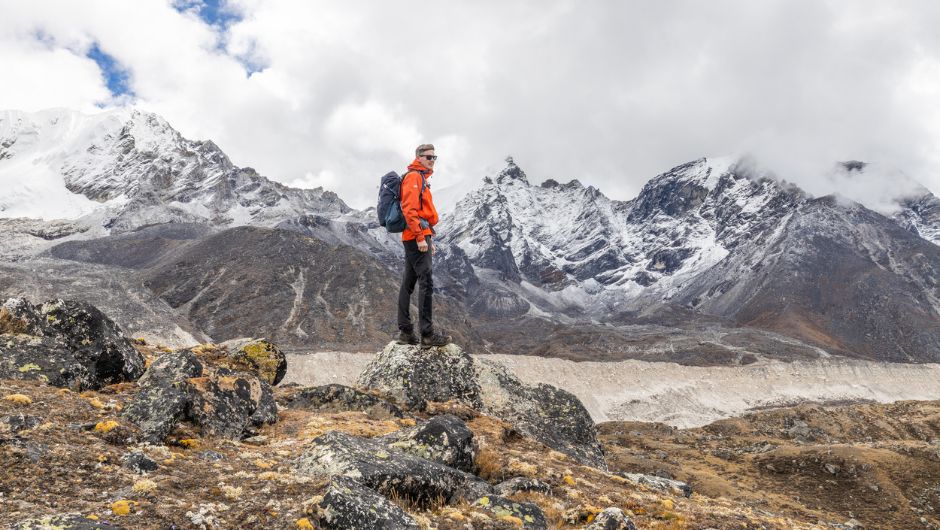
1. Blisters and Foot Pain
- Causes: One of the most common side effects of trekking challenges – caused by boots not being worn-in or fitting properly, wearing poor quality socks and sweat, rain and even sand worsening the effects of friction against your feet.
- Preventions: Ensure your walking boots fit properly and you’ve thoroughly broken them in during training over similar terrain/distances. Tape your feet up with Kinesiology or Zinc-Oxide tape (we recommend SportTape) before setting off to keep blisters at bay and opt for high quality socks, such as Bridgedale’s.
- Team Tips: Ensure there is half to a full thumbs width of space at the toe end of your boots to account for swelling in heat and wearing thicker socks. Your feet should not overhang the sides nor should there be excessive space at the sides or heel. Check your boots are in good condition before your challenge – old footwear could fail and fall apart when you need them most! – Phil Nelson, Charity Challenge Leader
Read our Taking Care of Your Feet on Challenges blog for further advice and tips.
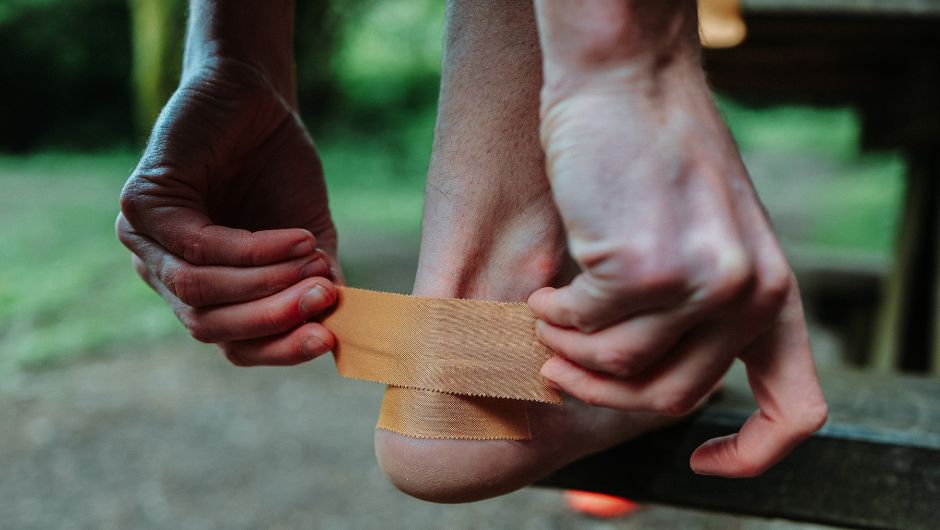
2. Knee and Joint Pain
- Causes: Knee and joint pain often flares up on long descents due to repeated impact and strain. Over time, this pressure can lead to inflammation or discomfort, especially if muscles around the joints aren’t well-conditioned.
- Preventions: Strengthen the knee’s surrounding muscles through regular training and targeted exercises. Practise good down-hill walking techniques, including using walking poles to help support you. You can also use Kinesiology Tape to help support your joints, watch SportTape’s videos here. Ibuprofen gel and painkillers are handy to carry to reduce pain.
- Team Tips: A helpful trick is to lead with your weaker leg on descents. It might feel counterintuitive, but it means your stronger knee does the work of lowering and absorbing the impact. – Penny Knight, Charity Challenge Leader
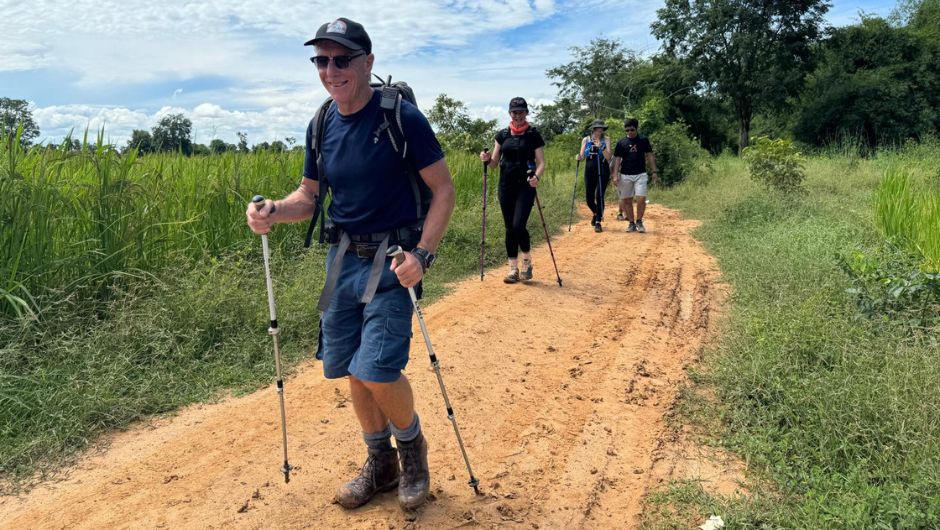
3. Back and Shoulder Strain
- Causes: Often a result of carrying a heavy or poorly fitted daypack over long distances. Uneven weight distribution, incorrect strap adjustment or overpacking can put extra stress on your muscles and posture.
- Preventions: Pack smartly! Read your Kit List thoroughly, as well as our blog on where to start with daypacks. Choose a well-fitted daypack with padded shoulder and hip straps, and adjust them so most of the weight sits on your hips (you’ll feel the difference!). Pack light and distribute the weight evenly.
- Team Tips: Try on before you buy or borrow. Having the waist and chest straps at the correct height will make a massive difference to your comfort on the challenge. – Simon Albert, Charity Challenge Co-Founder and Director
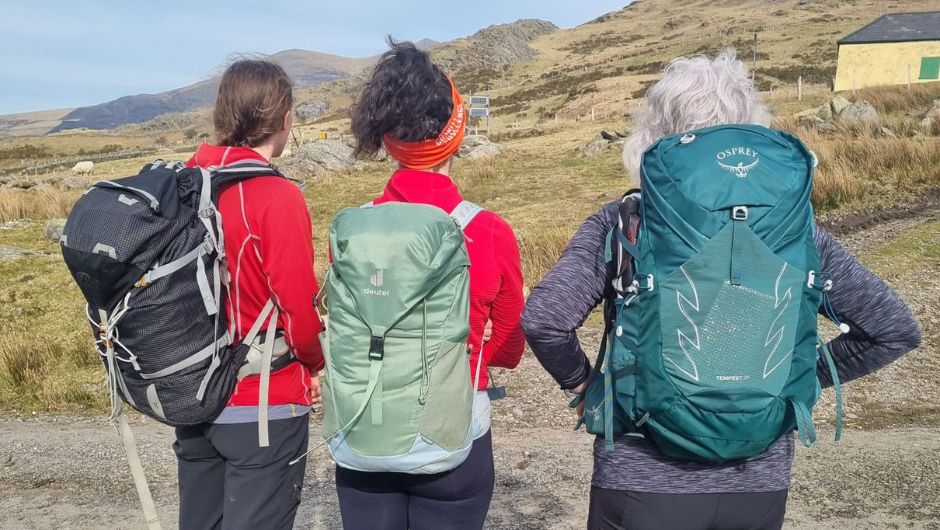
4. Fatigue and Breathlessness
- Causes: Tiredness and shortness of breath are common on long treks and steep ascents. Trekking at high altitudes can increase this effect, as the oxygen levels are lower, meaning that the body is working harder, even at rest.
- Preventions: Maintain a steady walking pace, take regular breaks and stay hydrated. Eat small, frequent snacks to fuel your energy and practice deep, rhythmic breathing – especially during climbs. If your trek involves high altitude, consider training beforehand and read our Altitude Advice guide from our expert partner, The Altitude Centre.
- Team Tips: Failing to eat properly during a challenge can hinder performance. Whilst helpful for a boost, don’t rely solely on energy gels and protein bars and neglect regular food, such a full, balanced lunch. This could result in significant calorie deficits, leading to increased fatigue and reduced performance. – Phil Nelson, Charity Challenge Leader
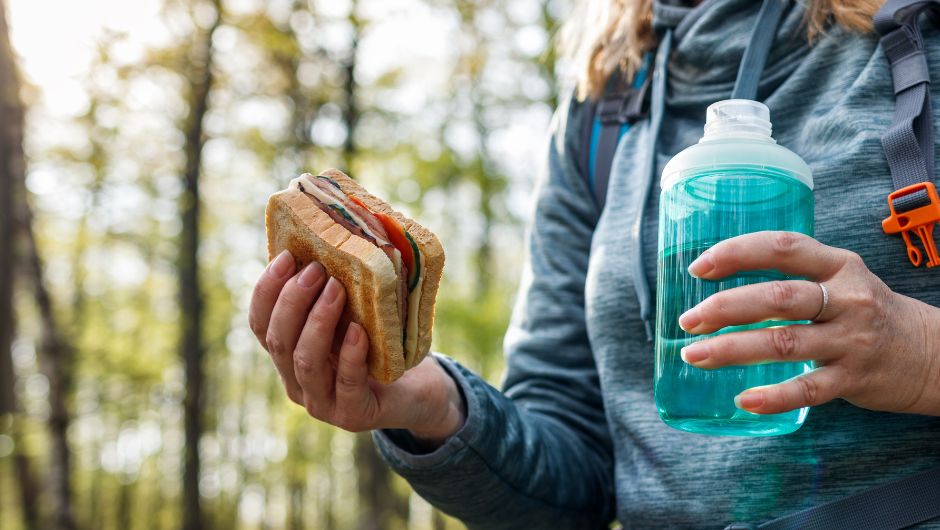
5. Sunburn
- Causes: Sunburn is a common issue on charity challenges, especially ones at high altitudes, on water, snow or in hot, exposed climates – where UV rays are stronger and prolonged exposure is likely. However, it’s easy to underestimate the risk of sunburn in the UK, but it should be taken just as seriously.
- Preventions: Apply minimum SPF 30, sweat-resistant sun cream regularly, wear a wide-brimmed hat, UV-protective sunglasses and cover exposed skin with breathable, long-sleeved clothing.
- Team Tips: An SPF 30+ lip balm or sun cream stick protects your lips and other smaller areas at risk, such as your scalp/parting, backs of your hands and tops of your ears. – Laura O’Connor, Marketing Assistant
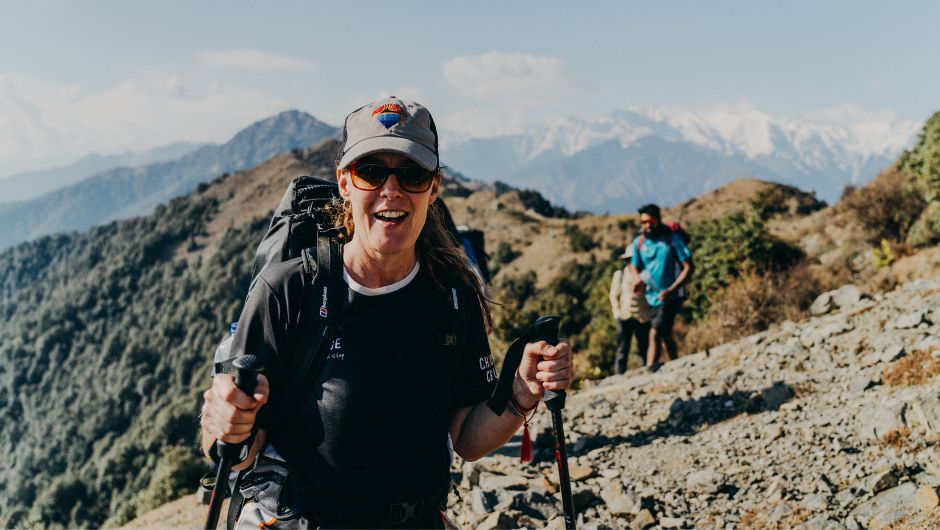
6. Dehydration, Heat Exhaustion or Heat Stroke
- Causes: Prolonged physical activity in hot or humid conditions, especially without adequate fluid intake, fuel or rest. Wearing heavy clothing, a lack of shade and poor pacing can also contribute.
- Preventions: Stay well-hydrated throughout the day, sipping regularly, even if you don’t feel thirsty. Adding electrolytes to your water can boost hydration. Pace yourself and take regular breaks in shaded areas (this is also a chance to reapply sun cream), and wear lightweight, breathable clothing.
- Team Tips: Applying a wet item of clothing to the skin can help cool you down. Our Charity Challenge neck buffs are perfect for this! – Jenn Payne, Head of Sales and Marketing
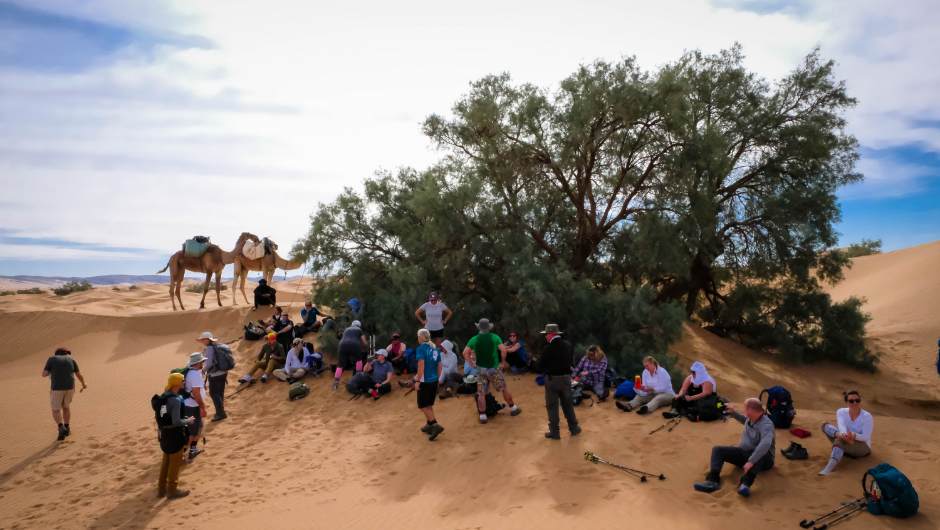
7. Insect Bites
- Causes: Insect bites can occur on both UK and overseas challenges, particularly in warm, humid environments or areas near standing water. Mosquitoes, midges and ticks are common culprits depending on location and season.
- Preventions: Use insect repellent containing DEET and reapply as needed. Wear long sleeves and trousers, especially in the evening or near dense vegetation. In tick-prone areas, check your skin regularly and remove ticks promptly with proper tools – your local guide will be able to help. For overseas travel, always check if antimalarial precautions are needed.
- Team Tips: To soothe insect bites on a challenge, clean the area, apply an anti-itch cream or antihistamine, avoid scratching and if possible, apply a cool compress. – Laura O’Connor, Marketing Assistant

8. Mental Fatigue and Low Motivation
- Causes: Emotional strain is common, particularly on longer challenges. Overseas trips can intensify this due to unfamiliar environments, more basic facilities and lower-quality rest.
- Prevention: Preparing mentally and physically ahead of your challenge will set you up for success. Knowing you’ve trained well can strengthen your mindset, even when it gets tough. Practise positive self-talk, and remind yourself why you signed up. At the end of each day, don’t hesitate to take a quiet moment for yourself if needed. Equally, connecting with your fellow participant’s and sharing your stories is a great way to boost morale and help you feel grounded.
- Team Tips: Don’t be afraid to ask for help when needed, your team and leaders are there to help you! – Tilly Sawyer, Account Manager
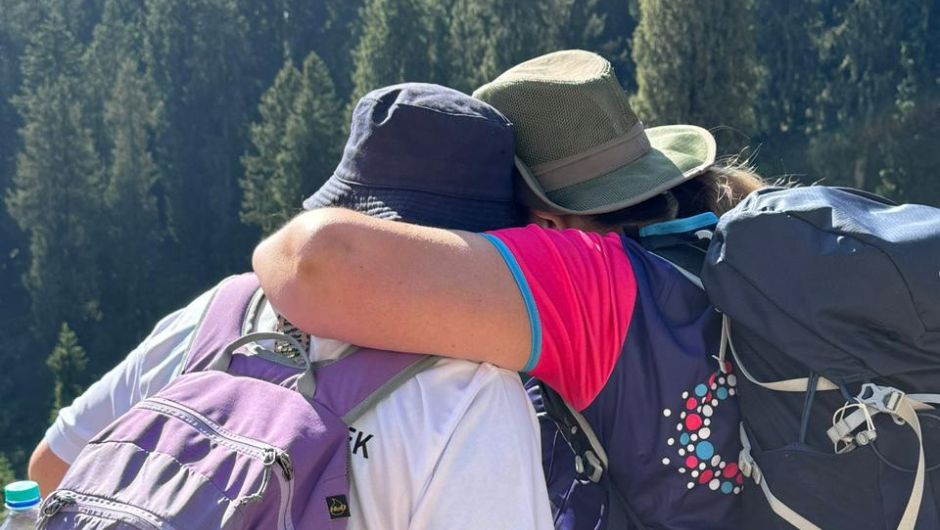
Prep For Success
Knowledge is power! Your Participant Account Area is the starting point of success and holds a wealth of information. From here, you can study your challenge details, follow our pre-challenge training advice, find our blogs, check your kit list and much more.
Remember, our challenges are leader-led. Our expert leaders are there to support you both physically and mentally. They’re experienced, friendly and first-aid trained – ready to make safety-first decisions for you and your group.
It’s normal to experience some of these common injuries and complaints on challenges. Prepare well, listen to your body, and communicate early to keep small issues from becoming bigger problems. The finish line awaits!



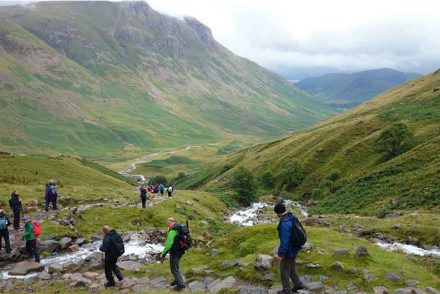
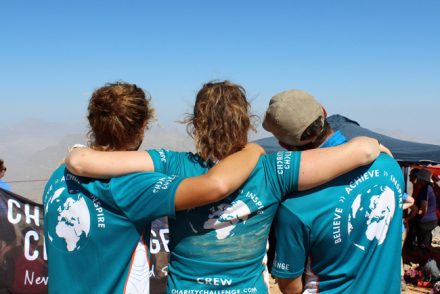

No Comments